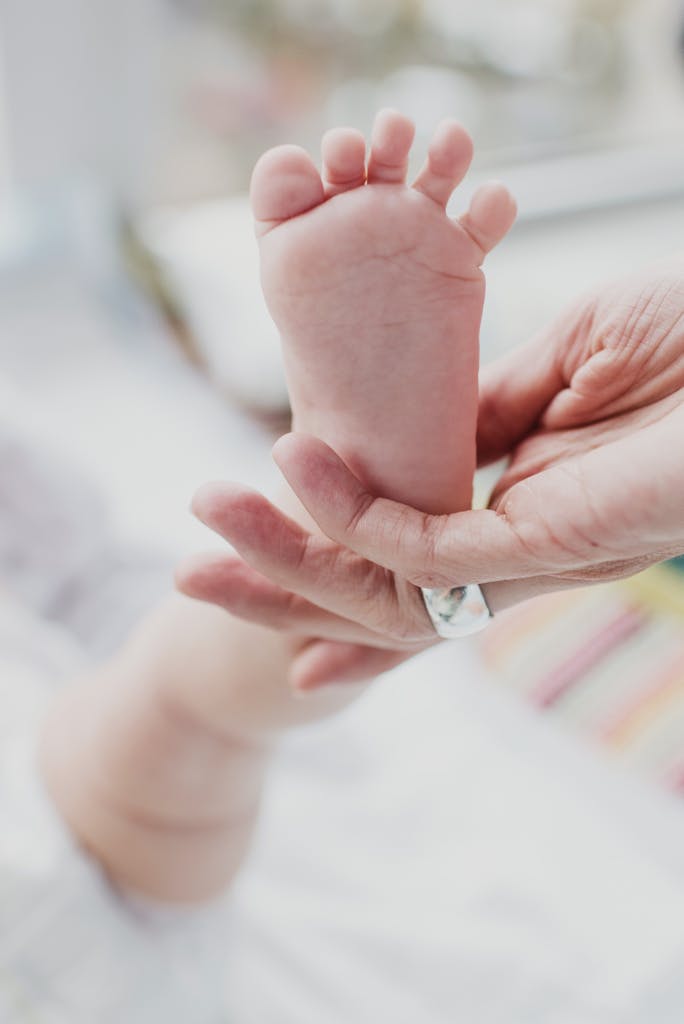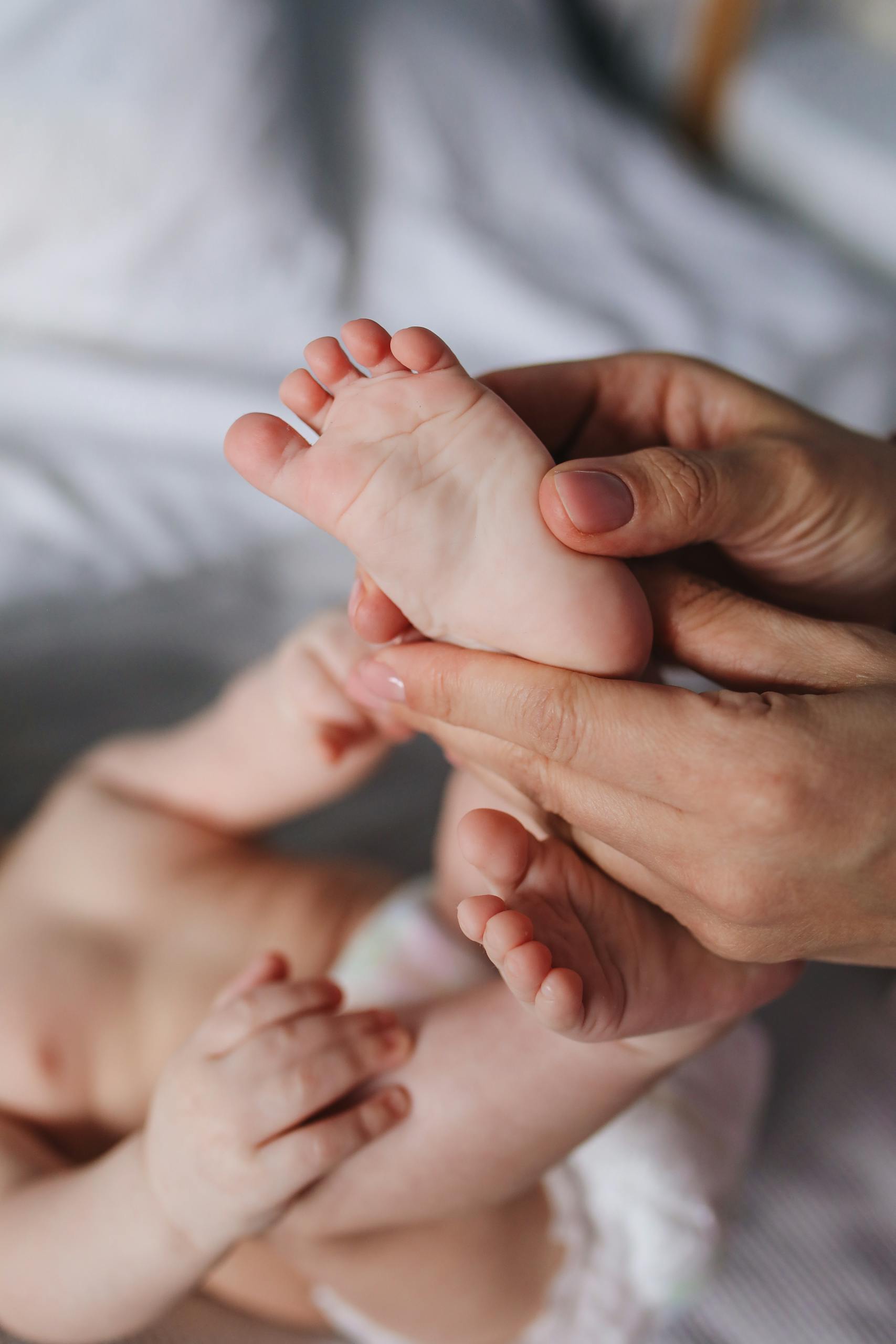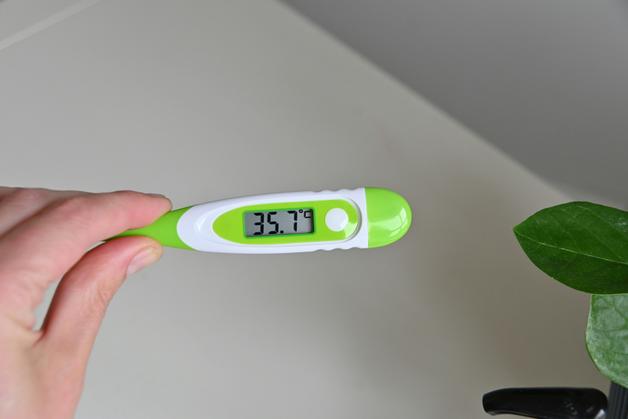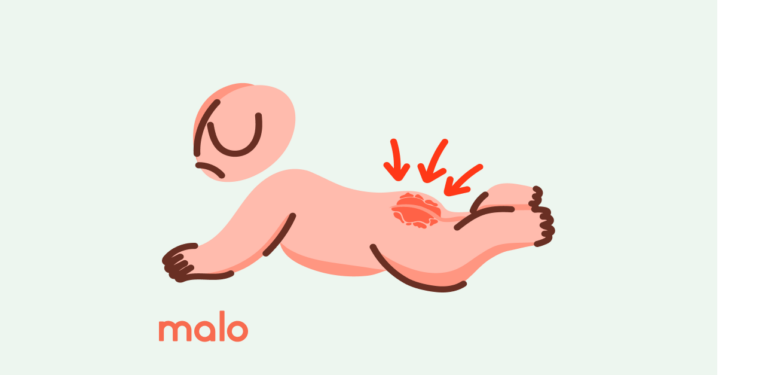Witnessing your little one’s first neurological exam can spark a thousand questions. Why does the doctor stroke your baby’s foot? What does it truly mean if tiny toes spread wide in response, like a fan opening with surprising deliberation? For parents, every unusual movement raises quiet worries—especially when that doctor utters medical terms like “Babinski reflex.” Should you expect this reaction? Is it truly normal if it lingers? Or should you be concerned if it disappears sooner than “usual”? By demystifying the Babinski reflex—layer by layer, from newborn appearance to unexpected persistence in older children—you’ll be equipped to recognize which signs are reassuring and which call for further assessment. Prepare to dive into developmental science, practical tips for observation, and concrete advice that supports both your confidence and your child’s health.
Understanding the Babinski Reflex: Definition and Medical Origins
The Babinski reflex is more than a curiosity—it’s a fascinating window into early neurological development. Named after the French neurologist Joseph Babinski, this reflex is triggered when the lateral aspect of the sole is gently stroked. What unfolds next is highly specific: the big toe extends upward (dorsiflexion), while the other toes fan out. Far from random, this response is embedded in the blueprint of newborn neural circuits.
Why does this happen? Infants’ corticospinal tract—the nerve highway linking the brain’s motor cortex to the spinal cord—is still under construction. Signals travel, but the “brake lines” inhibiting these primitive reflexes aren’t firmly established yet. That’s why broad toe extension emerges as the default pattern.
A single foot stroke becomes a living gauge of brain and spinal cord interaction. Joseph Babinski’s late 19th-century observations transformed this simple physical sign into a universal neurological touchstone, allowing even today’s practitioners to spot subtle nervous system changes rapidly.
Why Healthcare Providers Evaluate the Babinski Reflex
Parents might privately puzzle over the purpose of these neurological assessments. What, exactly, are clinicians looking for? The Babinski reflex acts like a spotlight on the health of upper motor neuron pathways—those specialized neural fibers responsible for directing voluntary movement and suppressing primitive reflexes over time. In infants, a positive Babinski sign—that splaying of toes—confirms normal nervous system immaturity. But if the sign persists beyond toddlerhood, physicians pause. At stake could be conditions involving the central nervous system, such as spinal cord injury or early symptoms of multiple sclerosis.
In adults, an unanticipated return of the Babinski reflex is a clinical alarm bell, prompting in-depth assessment for neurological injuries or illnesses.
The Anatomy and Physiology Behind the Babinski Reflex
Curious about the mechanics behind this movement? The neural choreography involves the corticospinal tract, arising in the motor cortex (the brain’s movement command center), descending through the brainstem, and traveling down the spinal cord before connecting with the lower motor neurons destined for the foot. During infancy, the lack of established inhibitory controls means this pathway does not yet suppress the reflex’s primitive pattern.
A gentle touch on the sole sparks a cascade: skin sensors activate sensory nerves, which transmit signals up to the brain and, after a split-second relay, return to the muscles of the foot. No wonder the response is so pronounced—neither subtle nor hesitant, but marked.
Babinski Reflex Throughout Development: Timelines and Red Flags
When, Why, and How the Reflex Emerges and Disappears
Is the Babinski reflex ever “abnormal” in an infant? Not at all. Every healthy newborn displays it right from birth. It’s part of a package of primitive reflexes—automatic movements signposting the infant nervous system’s unfinished status. Typically, as months pass (usually between 9 and 24 months), inhibitory nerves mature. The toes should then shift from upward extension to a gentle downward curl.
By age two, the “primitive” pattern should fade. If the Babinski reflex lingers, or if it recurs in an older child or adult, clinicians start to consider possibilities such as upper motor neuron lesions, brain trauma, or cerebral palsy.
Why Is the Babinski Response Normal in Babies, But Concerning Later?
To put it plainly: the same toe-fanning that reassures in the nursery becomes a warning sign after early childhood. In a toddler, especially beyond age two, or in adults, persistent upward movement of the big toe may reveal underlying pathology, often associated with neurological impairment of upper motor neuron structures.
Practical Guide: How the Babinski Reflex Is Tested
Step-by-Step: Observing the Reflex Safely
- Make sure your child is calm; a relaxed state ensures a clear response.
- Use a smooth, blunt instrument (the round edge of a reflex hammer or tongue depressor) to stroke the outer border of the foot from heel to little toe, curving toward the big toe.
- Watch the toes: an upward lift and fanning is regarded as a positive Babinski sign in young children. In older children and adults, the toes should flex and point downward—anything else invites further exploration.
Additional Testing Techniques
If the classic approach isn’t feasible, other clinical maneuvers exist:
- Chaddock reflex: A subtle stroke around the lateral ankle area.
- Oppenheim reflex: A gentle run down the inner side of the shin.
- Gordon reflex: Squeezing the calf muscle lightly.
Each method taps into the same neural networks but offers alternative routes for evaluation—a boon when dealing with premature infants, sleeping children, or those hesitant to cooperate.
What Do Various Toes Responses Mean? Interpreting Results
- Positive Babinski sign: Big toe extends upward, other toes fan out—normal in infants, abnormal beyond two years.
- Neutral or absent: Expected as children mature; also suggests completion of central nervous system inhibition.
- Toe flexion (curling downward): The mature “normal” in older children, teenagers, and adults.
If your baby was born premature, responses may differ—sometimes weaker or less obvious, due to a generally lagging nervous system. For children who are especially unwell or unable to cooperate, doctors might switch to alternative reflex tests for more reliable data.
Babinski Reflex: Normal Variations and Warning Signs
So, what should parents actually watch for? The nuances can feel daunting, but some key patterns emerge:
- Infants to age two: The Babinski reflex appears robust, even dramatic. The big toe soars upward, joined by fanning companions.
- After age two: Expect the disappearance of this show—the toes should instead curl downward upon stimulation.
- Older children and adults: Any return or persistence of a positive Babinski sign points to upper motor neuron involvement (often in conditions like stroke, multiple sclerosis, amyotrophic lateral sclerosis (ALS), traumatic lesions, or tumors).
Confusing a Babinski sign with a withdrawal or triple flexion reflex? Here’s a tip: withdrawal is more of an all-or-nothing jerk, often triggered by discomfort, whereas Babinski movements are slower, more deliberate, and reproducible.
If you spot a positive Babinski reflex in a child above age two or in an adult—especially paired with muscle weakness, walking difficulty, or abnormal sensations—timely appointment with a healthcare professional is genuinely important.
Clinical Implications: The Babinski Reflex as a Diagnostic Window
Why does your healthcare team prioritize this test? The Babinski reflex, elegantly simple yet packed with diagnostic power, helps flag early dysfunction in neural pathways long before symptoms fully blossom. It’s a centerpiece of neurological assessment in both young children and adults—because disruptions in the corticospinal tract, especially, can have sweeping consequences.
Conditions linked to a persistent or re-emergent Babinski reflex include:
- Stroke
- Cerebral palsy
- Multiple sclerosis (MS)
- ALS
- Brain injury or tumors
- Severe central nervous system infections
Swift recognition can mean early intervention—sometimes even before a disease noticeably impacts daily life.
Beyond the Babinski Reflex: Related Reflexes and Testing Nuances
False positives—children withdrawing their feet out of anxiety, ticklishness, or excitement—do crop up, so gentle technique is essential. Rarely, a false negative can occur if the child’s foot is tense or unresponsive.
For confirmation, clinicians sometimes turn to Chaddock, Oppenheim, or Gordon reflexes; these share overlapping neurological roots and round out the diagnostic picture. When evaluating the upper limbs, the Hoffmann’s reflex can provide additional evidence for upper motor neuron abnormality.
Age, developmental pace, and cooperation all tinge the Babinski reflex’s reliability—context remains everything. A holistic neurological check, not just a single sign, underpins best practices.
Supporting Your Child’s Neurological Growth: The Parent’s Role
Why are early reflex checks part of routine visits? Each primitive reflex, Babinski included, tells its own story about neurological maturation. Pediatricians watch for their appearance and timely fading, cross-checking with other developmental milestones.
Tracking when your child rolls over, sits up, babbles, and eventually walks isn’t just for baby books—it’s a real-time, high-resolution scan of neurodevelopment. If a reflex persists, or milestones lag, timely conversation with your pediatrician helps guide next steps.
Stable physical growth, progressing movement and communication skills, and appropriate reflex changes all signal health. However, persistent abnormal reflexes or skill regression? These require attention, but support and intervention exist—offering pathways for further evaluation, therapy, and ongoing care.
Effective neurological outcomes are born from teamwork. Pediatricians, neurologists, and therapists collaborate—alongside your insights—to chart the best course, whatever emerges along the journey.
Key Takeaways
- The Babinski reflex is a normal, expected primitive neurological response in infants up to two years old, signaling ongoing nervous system maturation.
- After age two, persistence of the reflex, or its new emergence in older children or adults, may signal nervous system injury or disease—highlighting the importance of seeking professional evaluation.
- Testing for the Babinski reflex is straightforward, non-invasive, and forms a standard part of pediatric health checks, with several alternative methods available for challenging situations.
- Recognizing the difference between normal developmental patterns and warning signs empowers parents to track their child’s neurological development confidently.
- Questions or concerns about the Babinski reflex, unusual reflex patterns, or developmental delays merit discussion at medical visits—multidisciplinary teams offer comprehensive support and actionable options.
- For additional support, practical advice, and free health questionnaires tailored to your child, consider downloading the Heloa app—a resource designed to partner with you at every stage of your parenting journey.
Questions Parents Ask
Can the Babinski reflex be different in premature babies?
Yes, the Babinski reflex may appear differently in premature babies. Since their nervous systems are still developing, the reaction might seem less pronounced or weaker compared to full-term infants. This is normal and simply reflects the unique pace at which each child’s brain and nerves develop. If you have any concerns about your premature baby’s reflexes or movements, discussing them gently with your healthcare team can provide reassurance and guidance tailored to your child’s individual needs.
What happens if the Babinski reflex is present in only one foot?
A Babinski reflex that appears on just one foot may suggest a difference in how the nerves or muscles are working on each side. This doesn’t always indicate a problem, but it’s a signal that deserves a bit more attention from your healthcare provider. Often, further evaluations are done to ensure everything is developing well. While this situation can be unsettling for parents, keep in mind that early detection allows for the right support if needed.
How is the Babinski reflex different from the plantar reflex?
The Babinski reflex and the plantar reflex involve similar movements, but their significance changes with age. In infants, the Babinski reflex (toes fanning upward) is a normal response to stroking the foot. As children grow, this response fades and the plantar reflex takes over—where the toes curl downward instead. This change is a healthy sign that the nervous system is maturing as expected. If you ever feel unsure about the differences or what you observe at home, don’t hesitate to reach out to your pediatrician for clarity and reassurance.

Further reading:









